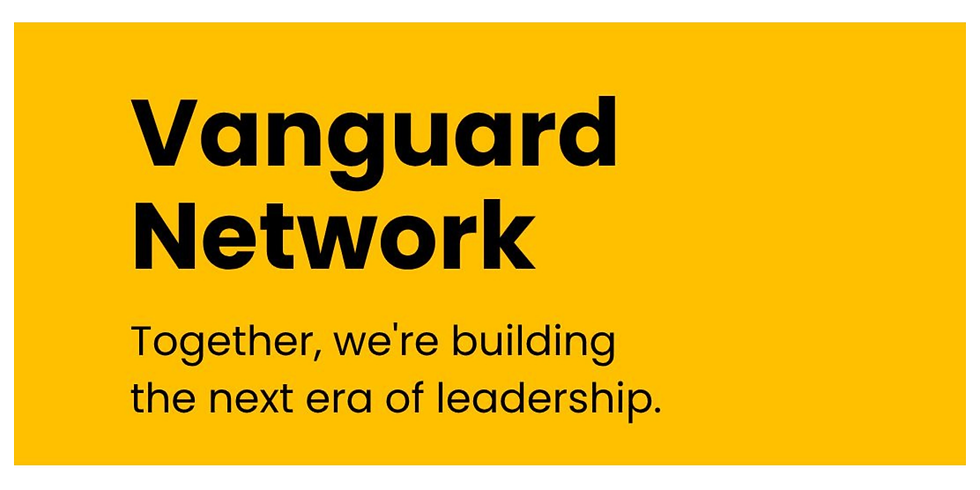Upskilling Best Practices
- Botree Team

- Jun 11, 2021
- 2 min read
Updated: Nov 25, 2021
Are you upskilling your employees yet?

Upskilling is definitely a buzzword these days. We’ve all seen it. Organizations are often told to focus on upskilling, and for good reason. But what is upskilling and how can it help your business?
What does upskilling mean?
Upskilling is when an employee learns new skills and enhances existing ones to adapt to changes.
The pandemic has brought many changes to the workforce. Most offices switched to fully virtual, some now adopting a hybrid approach to working from home. With those changes, employees have had to adapt and change with the times to keep up with the evolving expectations of their job. By upskilling, employees have learned new skills such as navigating virtual sales.
Why is upskilling important?
6 in 10 employees surveyed say that the pandemic has accelerated their need for upskilling. More than half of the workers surveyed said their current skill set has become obsolete. The reality is, workers are likely to leave their job if the employers don’t invest in their development. Organizations should use upskilling to avoid a talent mass exodus. Upskilling brings many benefits to both employees and the company in general, including:
Keeping valuable employees engaged
Preparing for any future disruptions
Strengthens teams through collaboration
Boosts employee retention + satisfaction
Reduces cost of new hires (did you know that replacing a current salary can cost 2x the salary?)
What skills should be upskilled?
Any skill that benefits the employee and organization can and should be upskilled. Especially now, you should be focusing your employee training in the following areas:
Communication: stronger teams can collaborate and overcome obstacles more effectively
Critical / Creative thinking: curiosity makes for high tolerance and problem-solving abilities post-pandemic
Wellbeing: foster resilience, lower rate of burnout
Technology: prepared for an even more virtual future
Ways to upskill:
Identify Future Skills:
Think of your organization’s objectives, What critical skills will your workers need in the coming years?
1. Assess Skills:
In order to best measure progress, it is important to set a baseline of current abilities.
2. Set Upskilling Goals:
Make S.M.A.R.T goals with set targets.
3. Map Learning to Skills (team-based, peer to peer, on the job):
We know the what, now you figure out how you will achieve it.
4. Measure Skill Progress:
Compare progress to the established baseline of abilities.
5. Match Skills to Opportunities:
Provide opportunities for employees to step up and show their skills.
6. Communicate Metrics of Success:
Show how upskilling has impacted your organization and the work of the employee.
Upskilling is important to the success of your organization and your employees. Botree can help by providing training solutions to improve employee performance. Schedule a Discovery Call today to learn about how we can support your business.


